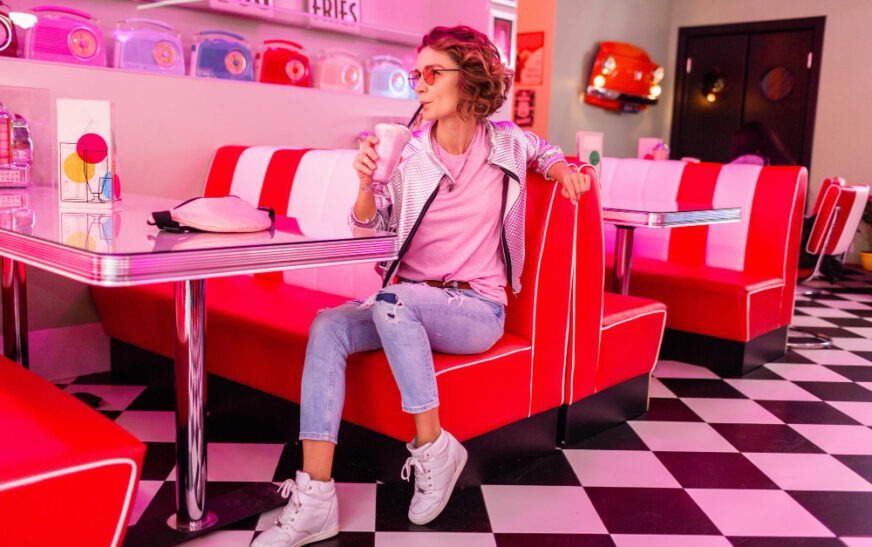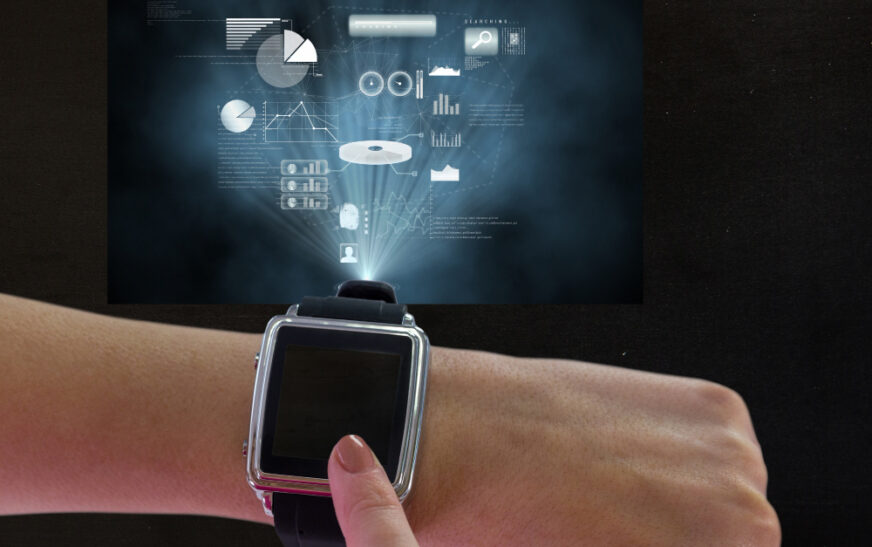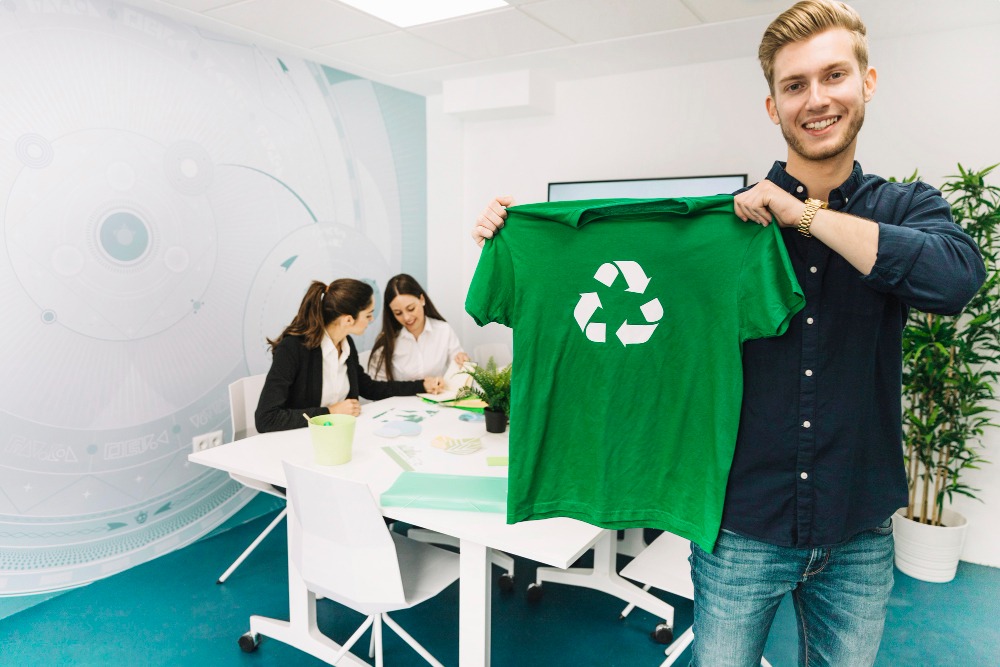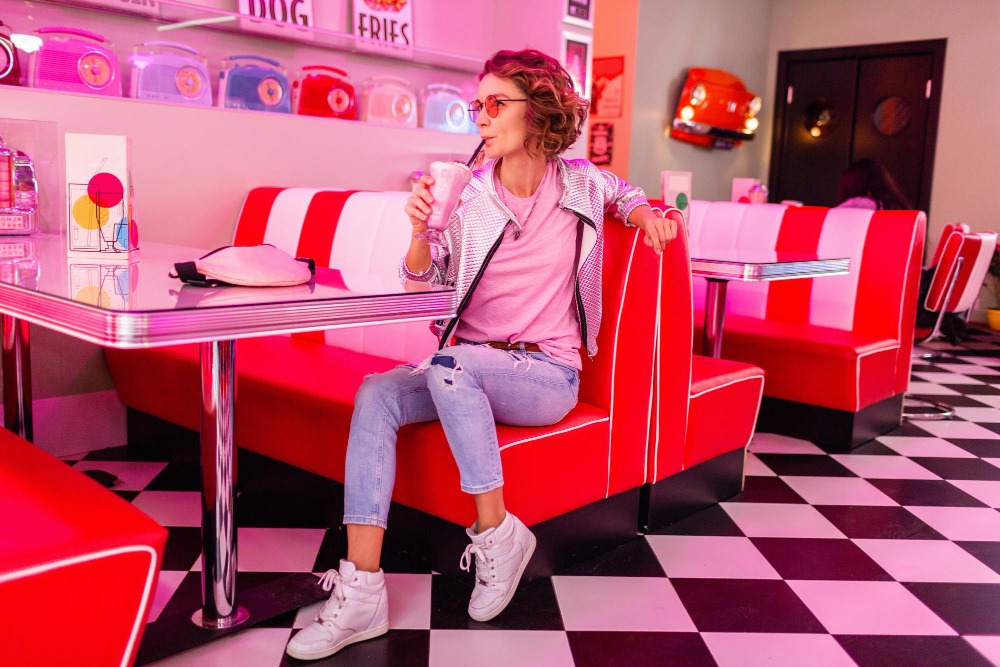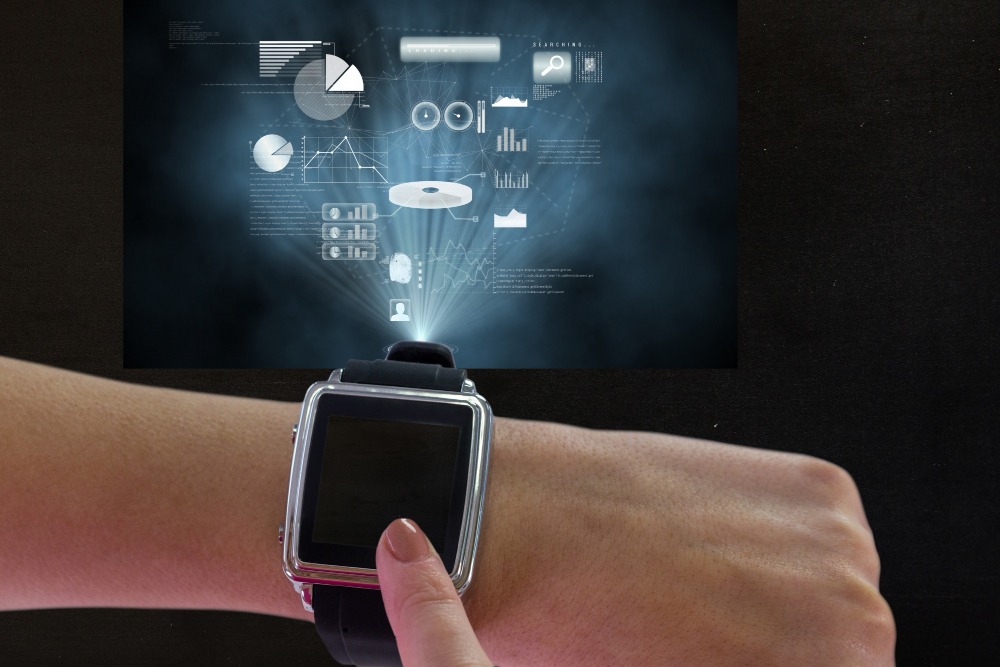Introduction
Welcome fashion enthusiasts and eco-warriors! The year 2024 spells a new dawn for the fashion industry, where style meets sustainability, and your wardrobe is the canvas. Are you ready to transform your closet with a creative twist? Upcycling isn’t just about reviving old clothes; it’s a movement towards conscious living and eco-friendly fashion. Imagine wearing unique pieces that scream “you” while saving the planet. Dive into the world of DIY clothing projects and discover how to give your outfits a second life. Let’s embark on this fashionable journey towards a greener future, one garment at a time. Whether you’re a seasoned DIYer or a curious newbie, these 10 creative ways to upcycle your wardrobe will fuel your imagination and revamp your style in the most sustainable way.
Why Upcycling Matters
Upcycling isn’t just a fun weekend project; it’s a movement. With the fashion industry being one of the leading polluters globally, transforming our old clothes into something new and stylish isn’t just about saving a few bucks; it’s about saving our planet. But the benefits of upcycling extend beyond the environment, offering both personal and societal advantages.
Benefits of upcycling
When you upcycle, you’re not just crafting; you’re creating value out of something that might have been thrown away. It’s a fantastic way to express creativity while tailoring your wardrobe to your unique style without spending much money. Additionally, upcycling can help reduce clutter in your home, leading to a more organized and peaceful living space. On a broader scale, it supports the sustainable fashion movement, encouraging a shift away from mass-produced fast fashion toward more personalized, thoughtful consumerism.
Environmental impact of fast fashion
Fast fashion is a major culprit in the world’s environmental crises, contributing to massive waste, water pollution, and high carbon emissions. The industry’s quick turnaround of trends encourages excessive consumption and disposal of clothing, putting enormous stress on our planet’s resources. By choosing to upcycle, you’re opting out of this harmful cycle, significantly reducing your environmental footprint, one garment at a time.
Upcycling Basics
Starting on your upcycling journey might seem daunting, but with a bit of knowledge and creativity, anyone can transform their old clothes into something wonderful. Let’s get into the nuts and bolts of how to do it right.
Understanding the concept of upcycling
Upcycling is essentially taking something old or unused and giving it a new purpose or value, typically in a creative or innovative way. Unlike recycling, which breaks down materials to create something new, upcycling is about reworking the original item without significantly altering its essence. In the context of clothing, this could mean anything from turning a pair of jeans into a denim skirt to adding new embellishments to a jacket to give it a fresh vibe.
How to choose the right clothing items for upcycling
Not all clothes are created equal when it comes to upcycling. Here’s what to look for:
– Quality: Choose items made from durable materials that will withstand transformation.
– Condition: Look for clothing that’s in good shape. Minor flaws can be hidden or worked into the design, but avoid anything too damaged.
– Versatility: Think about how the piece can be transformed. A plain T-shirt offers endless possibilities, while a heavily patterned item might be more challenging to work with.
– Sentimental value: Giving a new life to a piece with sentimental value can add an extra layer of meaning to your project.
With these basics in mind, you’re well on your way to creating a sustainable, stylish wardrobe that’s not just good for the planet, but also a true reflection of your unique style.
10 Creative Ways to Upcycle Your Wardrobe
Turning old jeans into trendy shorts
Revamping your old, possibly out-of-style jeans into chic shorts is not only an act of sustainability but also a gateway to unleash your creativity. Start by trying the jeans on and marking your desired length. Remember, it’s always better to cut them a bit longer initially; you can always shorten them later. Use fabric scissors for a clean cut and consider adding a unique touch with a frayed edge, embroidery, or even fabric patches. This project breathes new life into denim, giving you a personalized summer essential without needing to buy new.
Transforming oversized shirts into stylish blouses
Oversized shirts, whether they’re hand-me-downs or thrift store finds, can be transformed into trendy blouses with a few simple adjustments. By adding darts or cinching the waist, you can create a more flattering silhouette. Embellish with lace, cut out designs, or even transform the collar for a completely new look. This DIY project can easily elevate your wardrobe, providing you with a piece that’s both eco-friendly and fashionable.
Upcycling scarves into headbands
Scarves offer a vast array of patterns and fabrics, making them the perfect candidate for an upcycling project. Transforming scarves into headbands is not just a simple craft; it’s a way to add a pop of color and pattern to any outfit. Cut the scarf into strips, sew the ends together, and voila, you have a unique headband. For a more boho look, consider braiding several strips together. This simple project is ideal for beginners and is a fantastic way to keep your hair styled with a personal touch.
Styling Tips for Upcycled Pieces
Mixing and matching upcycled pieces with existing wardrobe
One of the joys of upcycling is creating pieces that are unique to you and your style. When integrating these pieces into your existing wardrobe, focus on balance. Pair a boldly upcycled top with simple, classic bottoms, or vice versa. The key is in mixing and matching textures and colors to highlight your upcycled piece. Remember, confidence is your best accessory, so wear your creations proudly!
Accessories to enhance your upcycled outfits
Accessories are often the cherry on top of an outfit. They can tie together disparate elements or highlight a particular color or theme. When wearing upcycled clothing, consider adding vintage accessories or homemade jewelry to maintain the sustainable and personal aesthetic. Items like statement belts, eco-friendly bags, and unique scarves can elevate your look and give it a polished finish.
Incorporating upcycled fashion trends in 2024
As we move into 2024, the fashion trends lean heavily towards sustainability, creativity, and individualism. Embrace these themes by incorporating eye-catching upcycled pieces into your daily wear. Pay attention to the year’s color trends and textures, and think about how they can be integrated into your upcycling projects. Whether it’s through bold patterns, intricate details, or innovative reuse of materials, your upcycled fashion can set the tone for a stylish, eco-conscious year ahead.
DIY Clothing Projects for Beginners
Venturing into the world of sustainable fashion doesn’t require a degree in design or art. In fact, there are numerous simple upcycling projects perfect for beginners that can transform your old garments into stylish, new pieces, breathing fresh life into your wardrobe without hurting the planet.
Simple upcycling projects anyone can do
Starting with the basics, consider turning a beloved but worn-out t-shirt into a trendy crop top or a beach bag. Old jeans can find new purpose as chic denim shorts or even as a fashionable tote bag. Moreover, scarves can be reinvented into stylish kimonos or sarongs with just a few cuts and stitches. These projects don’t just save your clothes from landfill but also give you a unique style that’s all your own.
Tools and materials needed for DIY upcycling
Before diving into your upcycling adventure, you’ll need some basic tools and materials. Generally, a good pair of scissors, a sewing kit, and some fabric glue can take you a long way. Depending on the complexity of your project, you might also need a sewing machine, fabric markers, or dye. Start with these essentials, and as your skills and confidence grow, you can explore more advanced tools and techniques.
Step-by-step guide to revamping old clothes
Let’s take the t-shirt-to-crop-top project as an example. Begin by laying the shirt flat and deciding how short you want it. Mark the desired length with a piece of chalk or a fabric marker. Then, carefully cut across in a straight line. You can hem the bottom for a clean finish, or for a more bohemian look, let the fabric naturally fray. It’s a simple project, but it’s a great entry point into the vast world of clothing upcycling.
Eco-Friendly Fashion Brands Leading the Upcycling Movement
The upcycling movement isn’t just a DIY trend—it’s also been embraced by innovative fashion brands eager to demonstrate that sustainability and style can go hand in hand.
Highlighting sustainable fashion brands
Names like Patagonia, Eileen Fisher, and Stella McCartney have been pioneers in incorporating sustainable practices, including upcycling, into their collections. These brands not only use eco-friendly materials but also champion the idea that fashion should be both beautiful and beneficial to the planet. Their efforts have inspired both consumers and other businesses to think differently about the clothes we wear.
Collaborations with upcycling artists and designers
What’s particularly exciting is seeing established brands collaborate with upcycling artists and designers. These partnerships not only result in strikingly original collections but also help to mainstream the practice of upcycling. For instance, collaborations between high-fashion brands and innovative upcyclers are bringing one-of-a-kind pieces to the runway and, subsequently, to the wider market, fostering a fashion industry that values creativity, sustainability, and social responsibility.
Impact of Upcycling on Sustainable Fashion
Upcycling is not just a trend; it’s a movement towards sustainability that’s reshaping the way we think about fashion. By breathing new life into pieces that might have otherwise ended up in landfills, upcycling plays a crucial role in the sustainable fashion narrative. It encourages a cycle of reusing and repurposing, significantly reducing the amount of waste generated by the fashion industry.
Reducing textile waste through upcycling
Every year, millions of tons of textiles are discarded, contributing to environmental pollution and resource depletion. Upcycling offers a creative and effective solution to this problem. By transforming old or unused clothing into new, trendy pieces, we can drastically cut down on waste. From turning scarves into chic crop tops to repurposing jeans into stylish tote bags, the possibilities are boundless. Not only does this approach minimize textile waste, but it also promotes a more eco-friendly and conscious way of consuming fashion.
Consumer shift towards sustainable practices
The rise of upcycling signifies a broader shift in consumer behavior towards more sustainable practices. People are increasingly prioritizing eco-friendly lifestyles, seeking out sustainable brands, and taking a DIY approach to their wardrobes. Through social media and online communities, individuals are sharing their upcycling projects and inspiring others to rethink their fashion choices. This collective movement is not just about making fashion sustainable; it’s about changing our relationship with our clothes, encouraging a deeper appreciation for craftsmanship, and fostering a culture of creativity and innovation.
Conclusion
As we step into 2024, embracing sustainable fashion is not just a trend, it’s a necessity. Upcycling your wardrobe is an incredibly rewarding journey towards eco-conscious living. Not only does it reduce waste and save money, but it also gives you a chance to express your unique style and creativity. Whether you’re sewing on new patches, dyeing old jeans, or transforming scarves into chic tops, there are endless possibilities when it comes to DIY clothing projects.
Remember, sustainability starts with small steps. Begin with one project, and who knows? You might find yourself with a completely revitalized closet that’s not only stylish but also kind to our planet. So, grab some old clothes, unleash your creativity, and dive into the world of upcycling. Let’s make sustainable fashion the standard, one upcycled piece at a time. Happy crafting!





